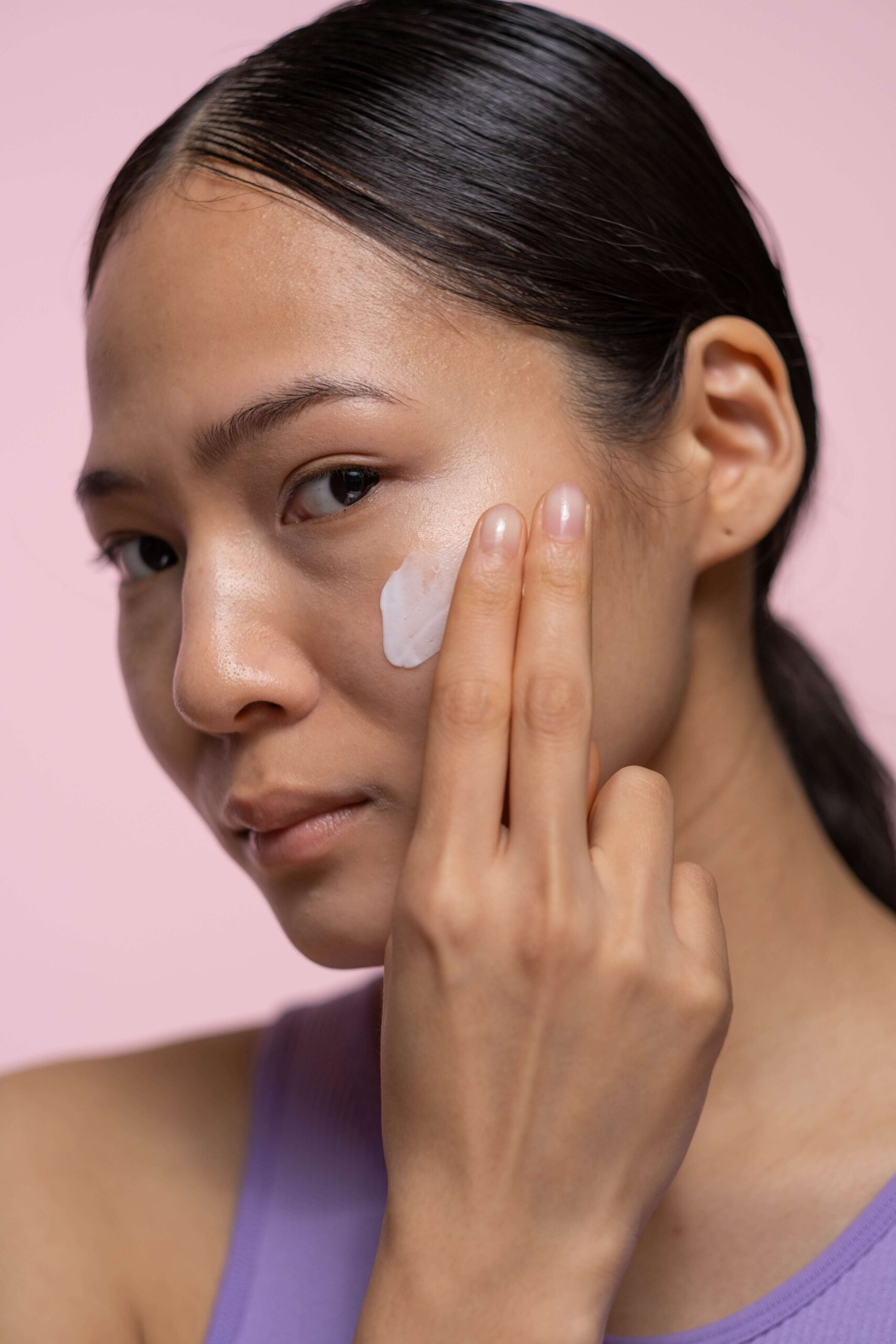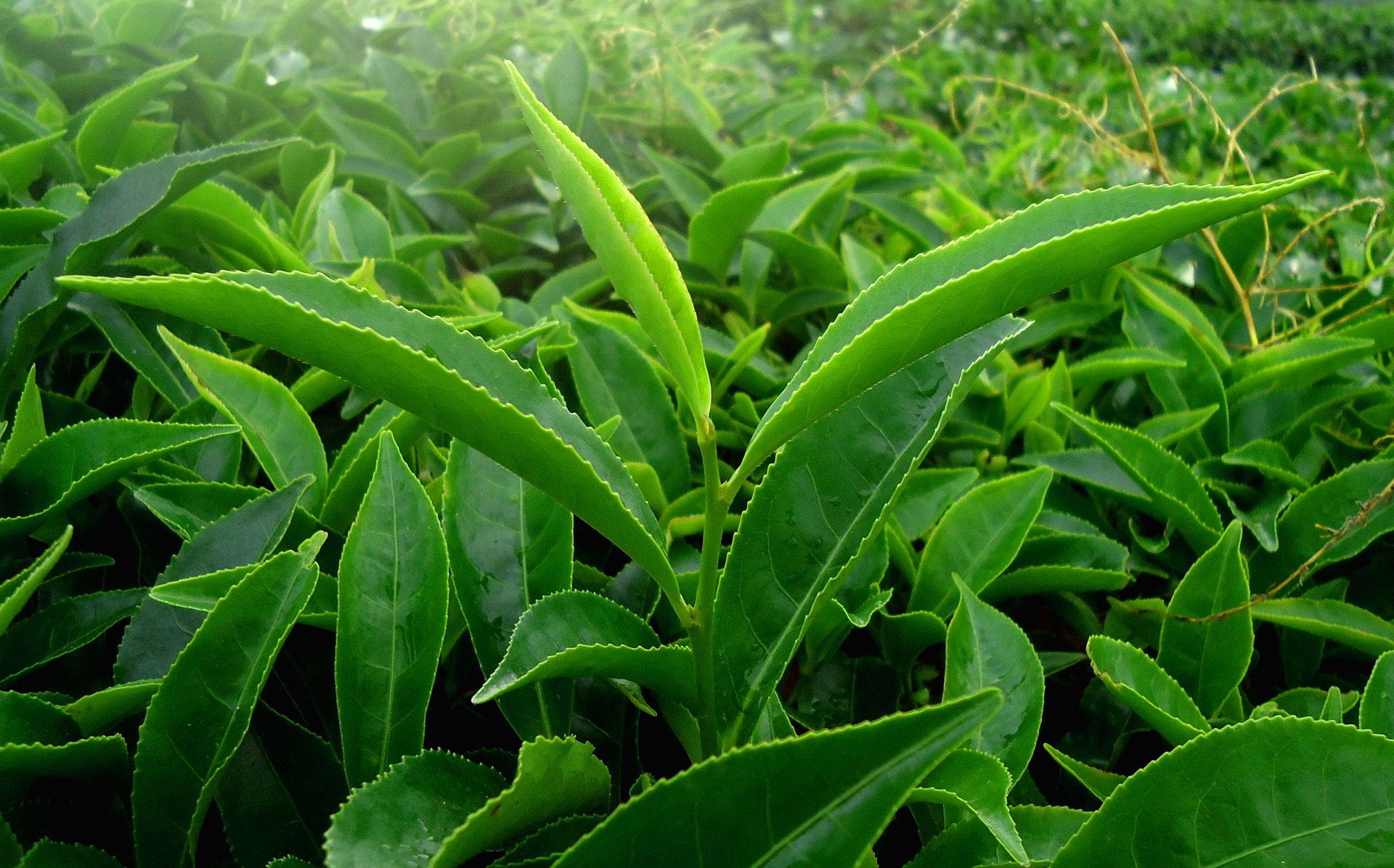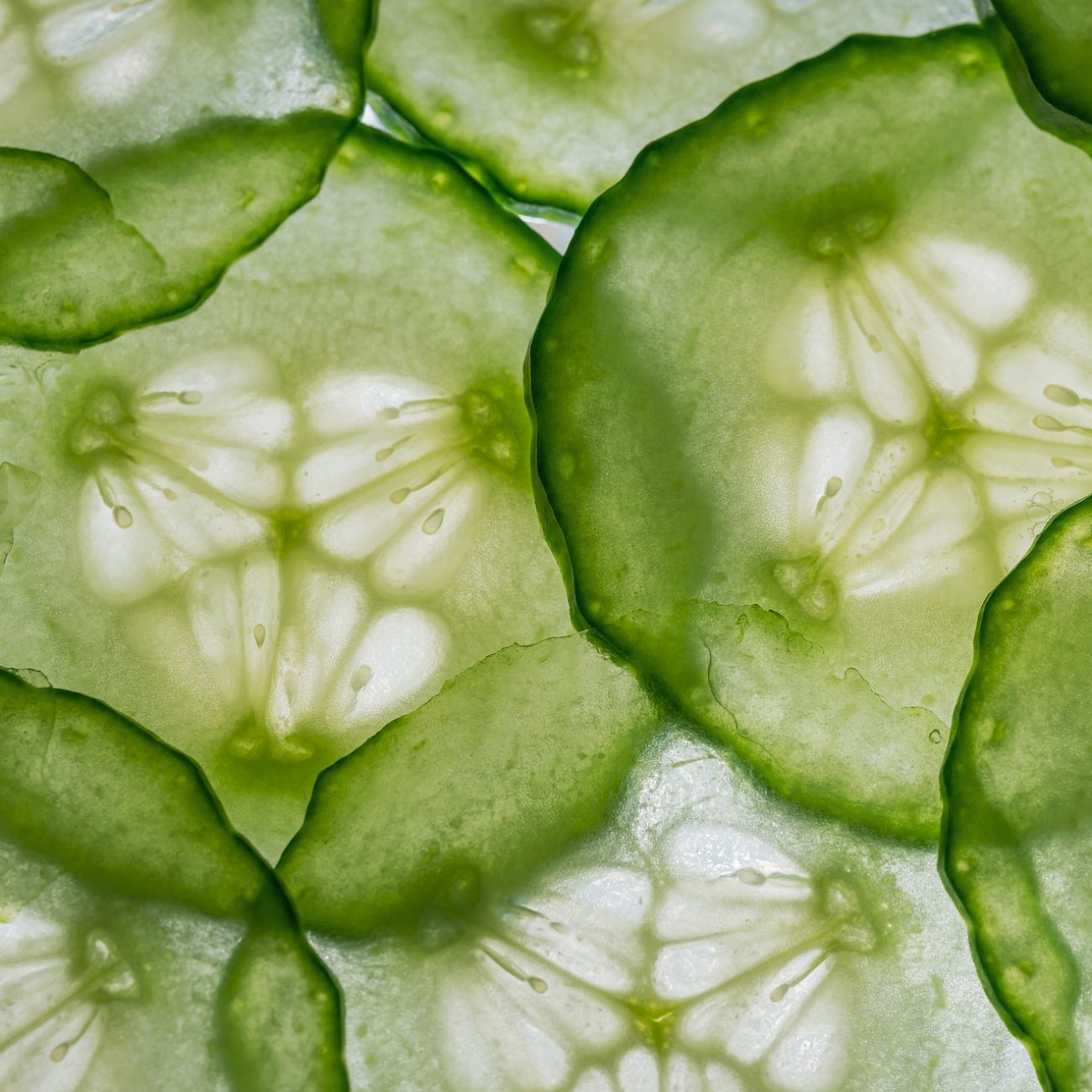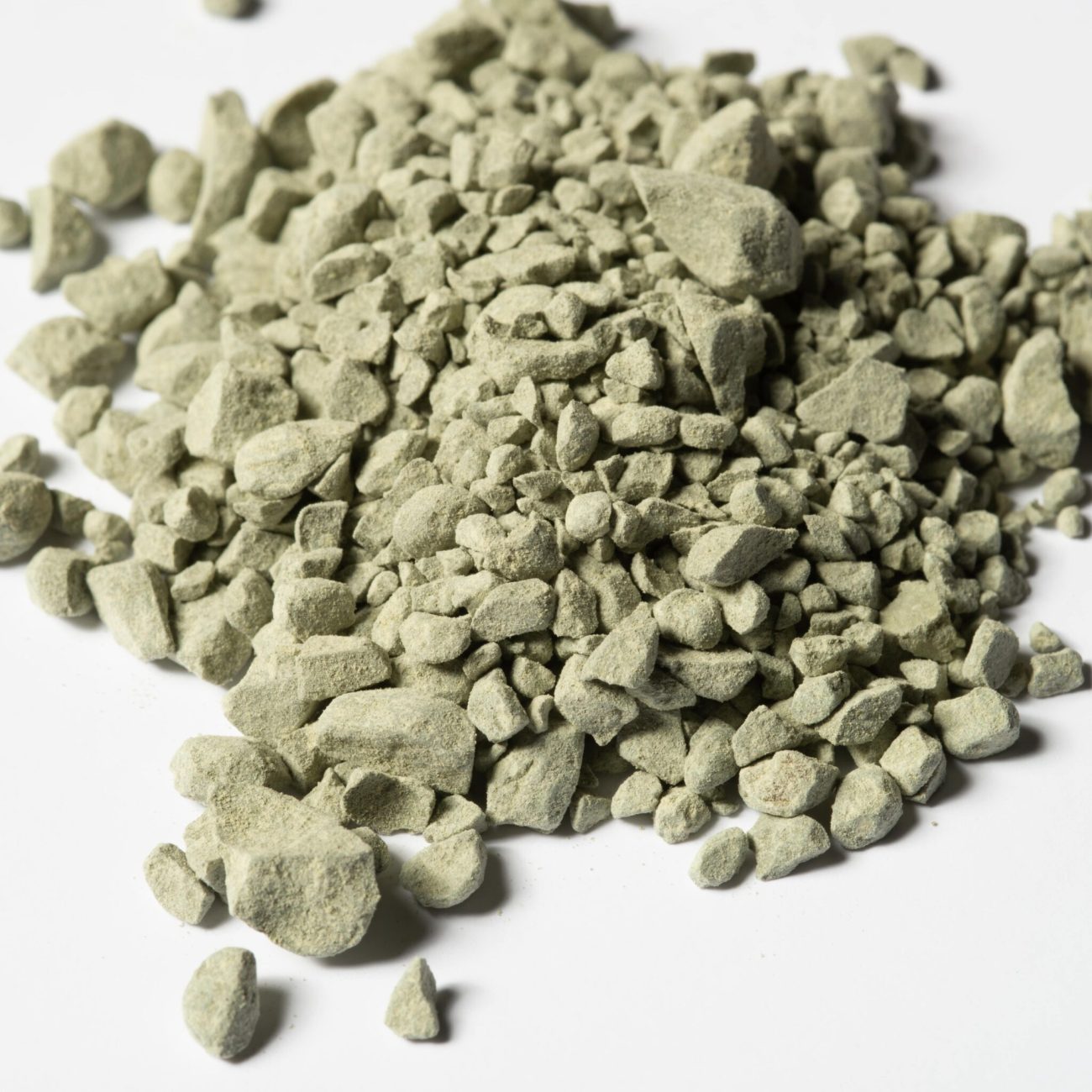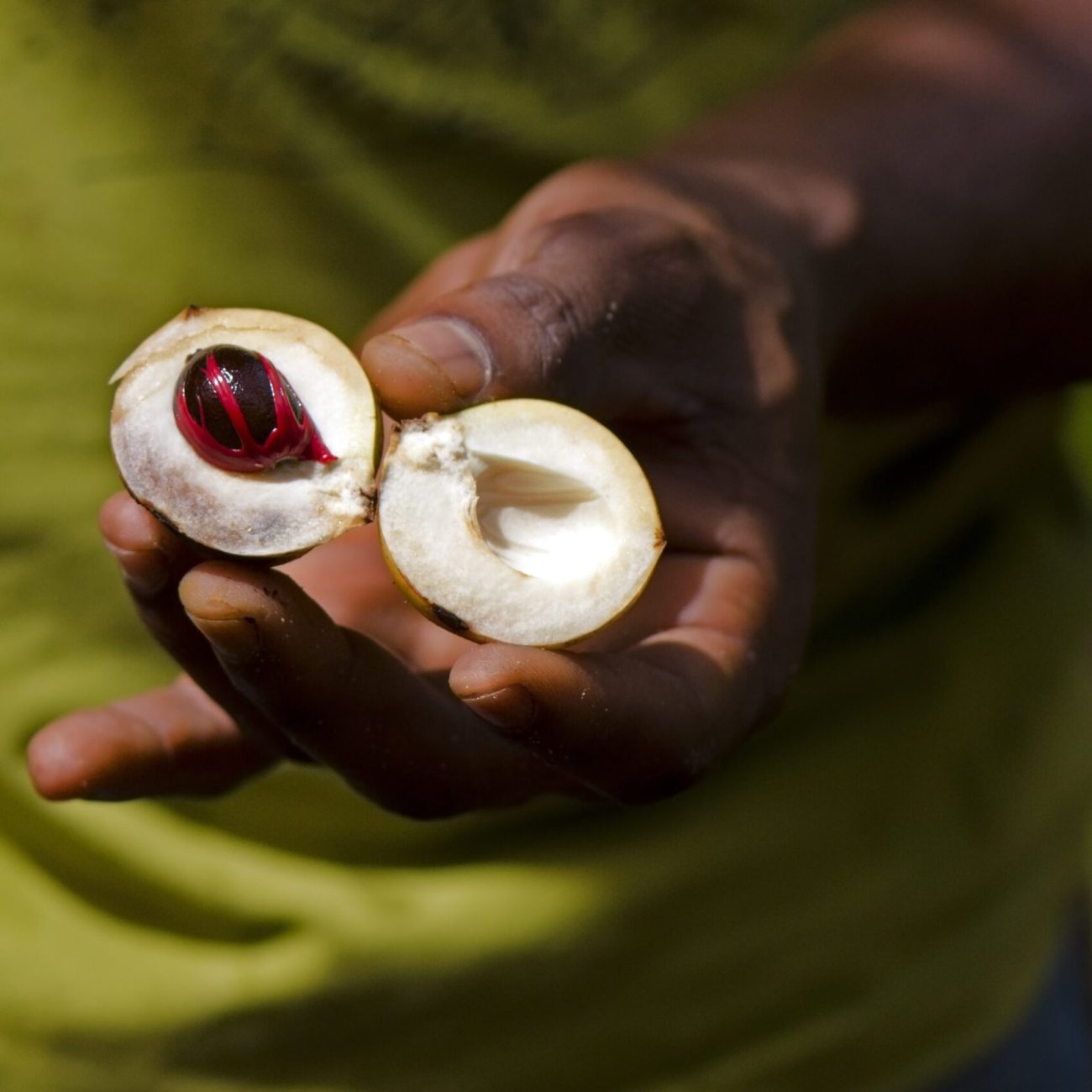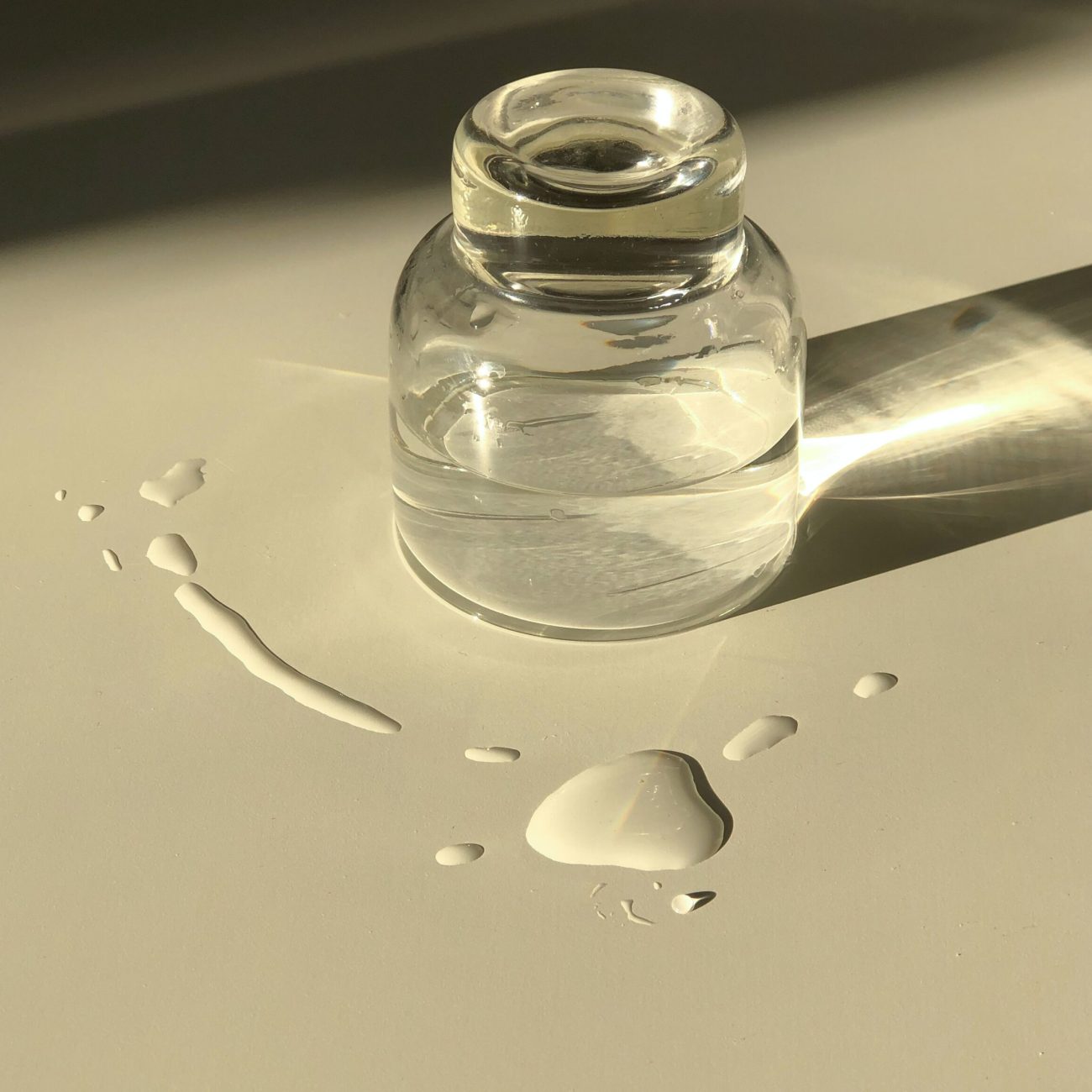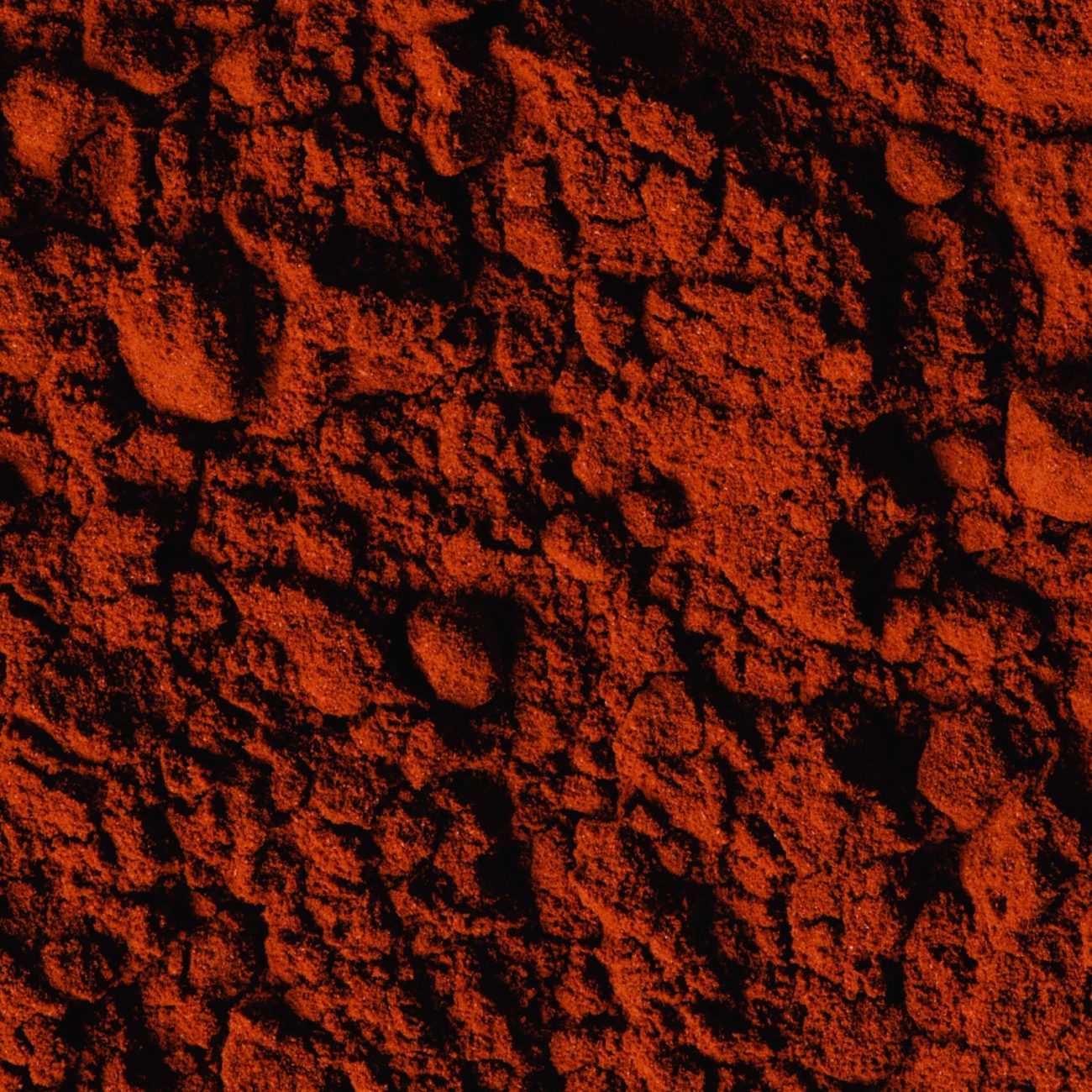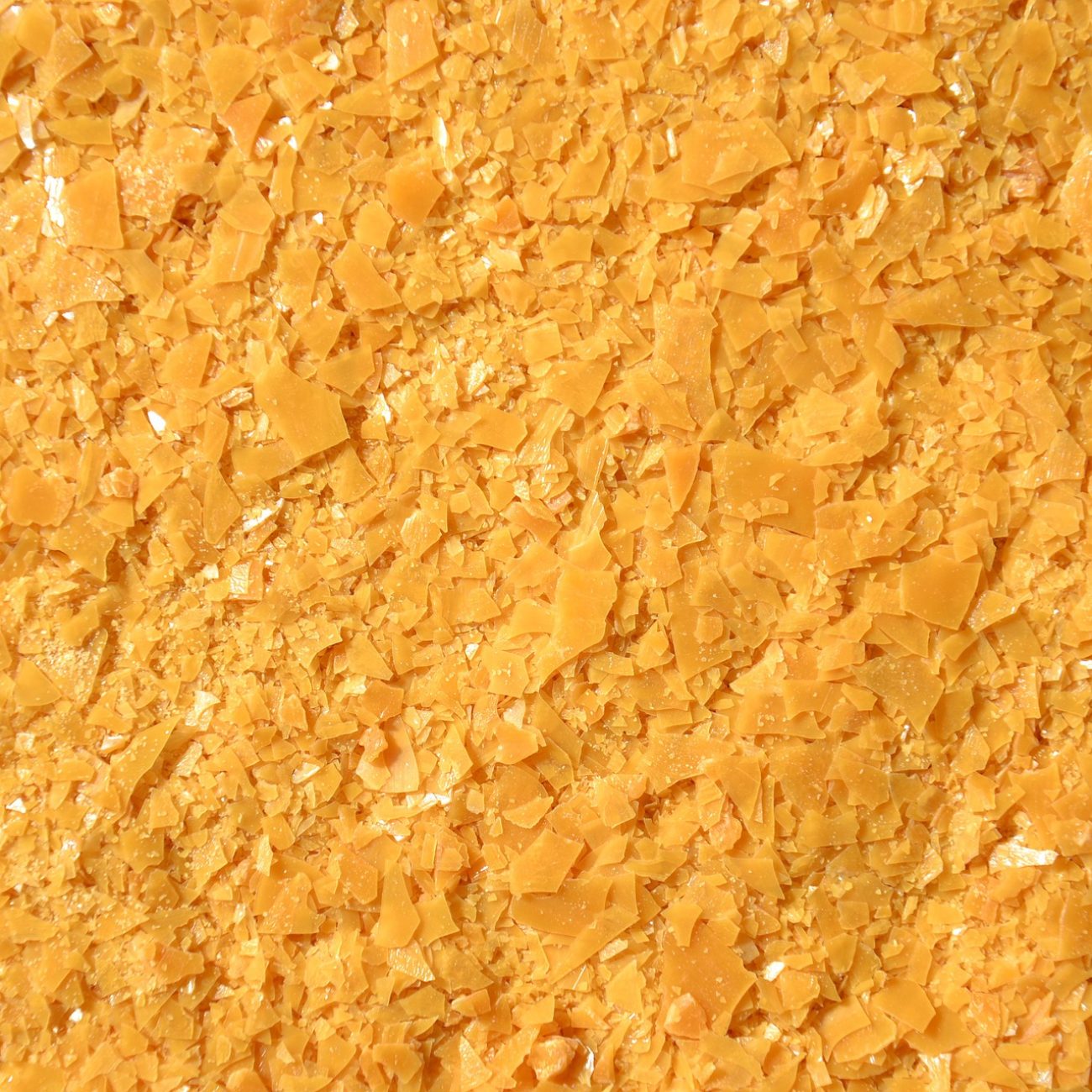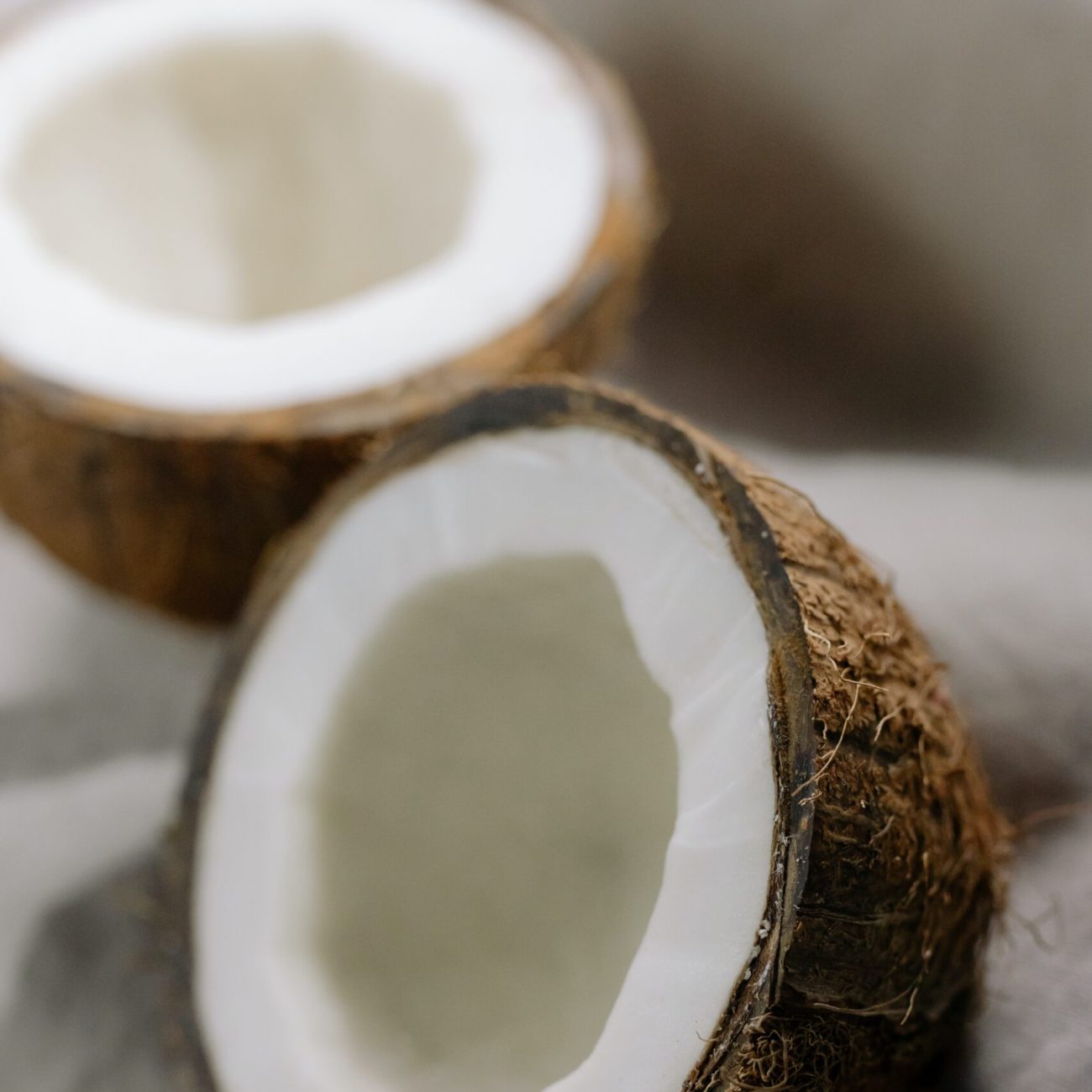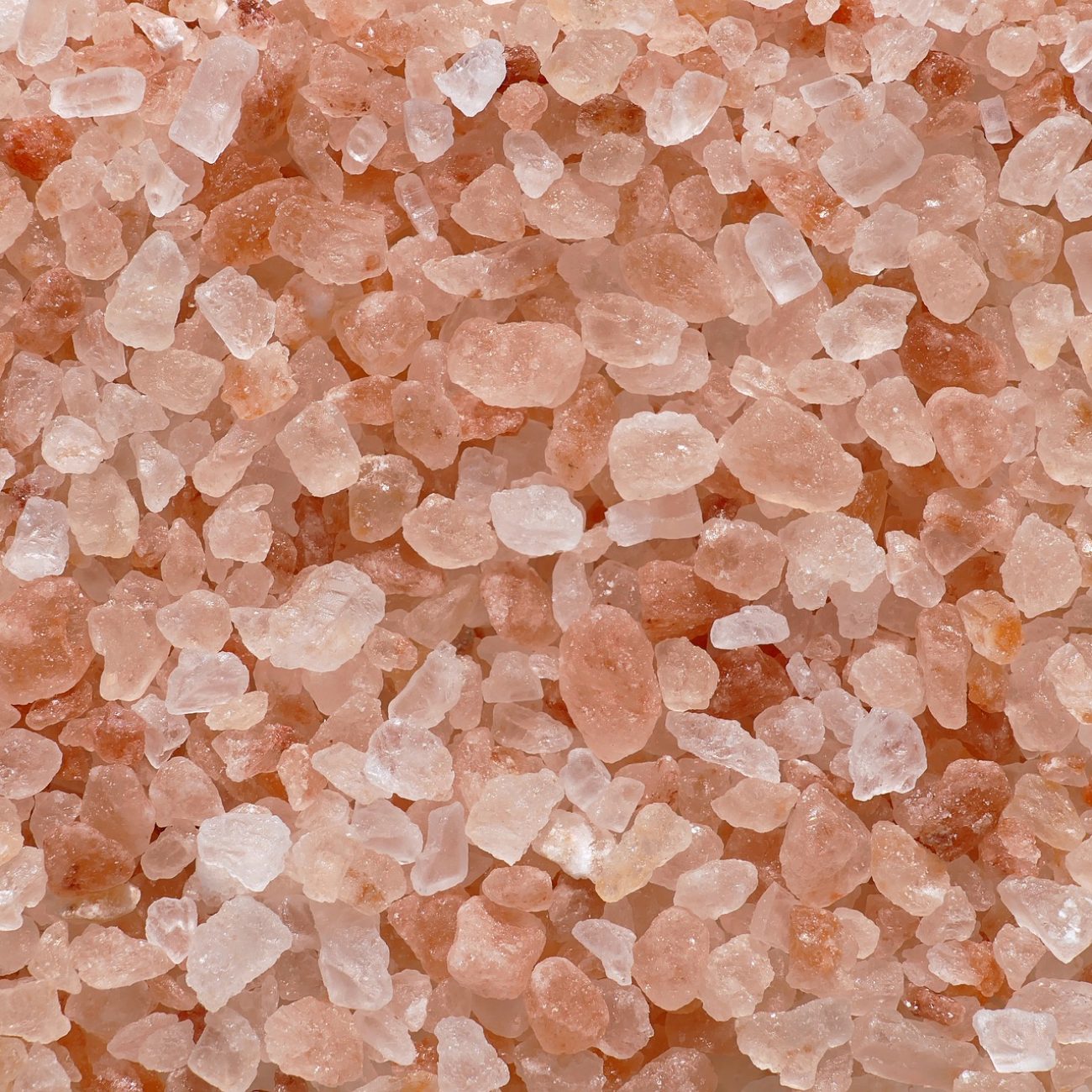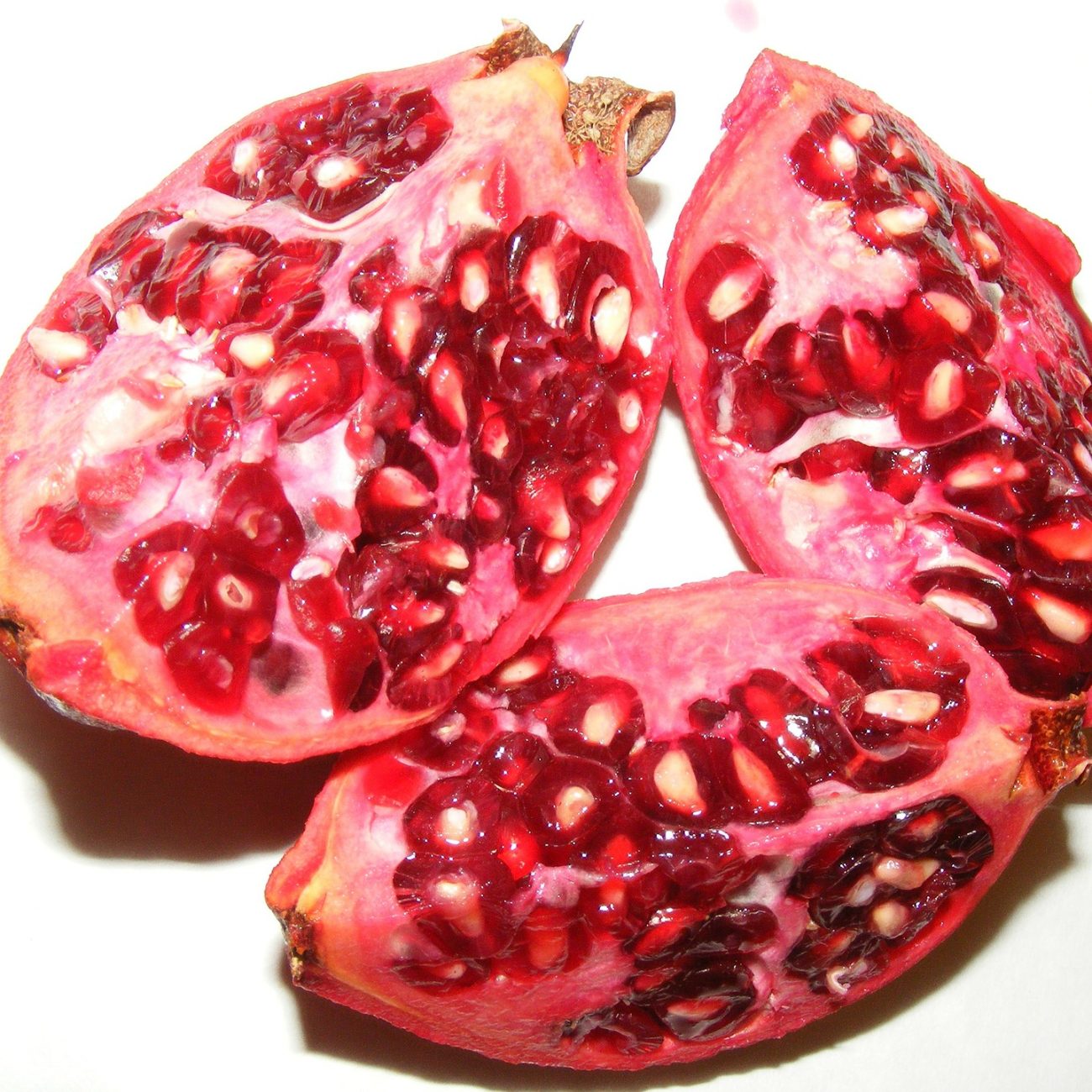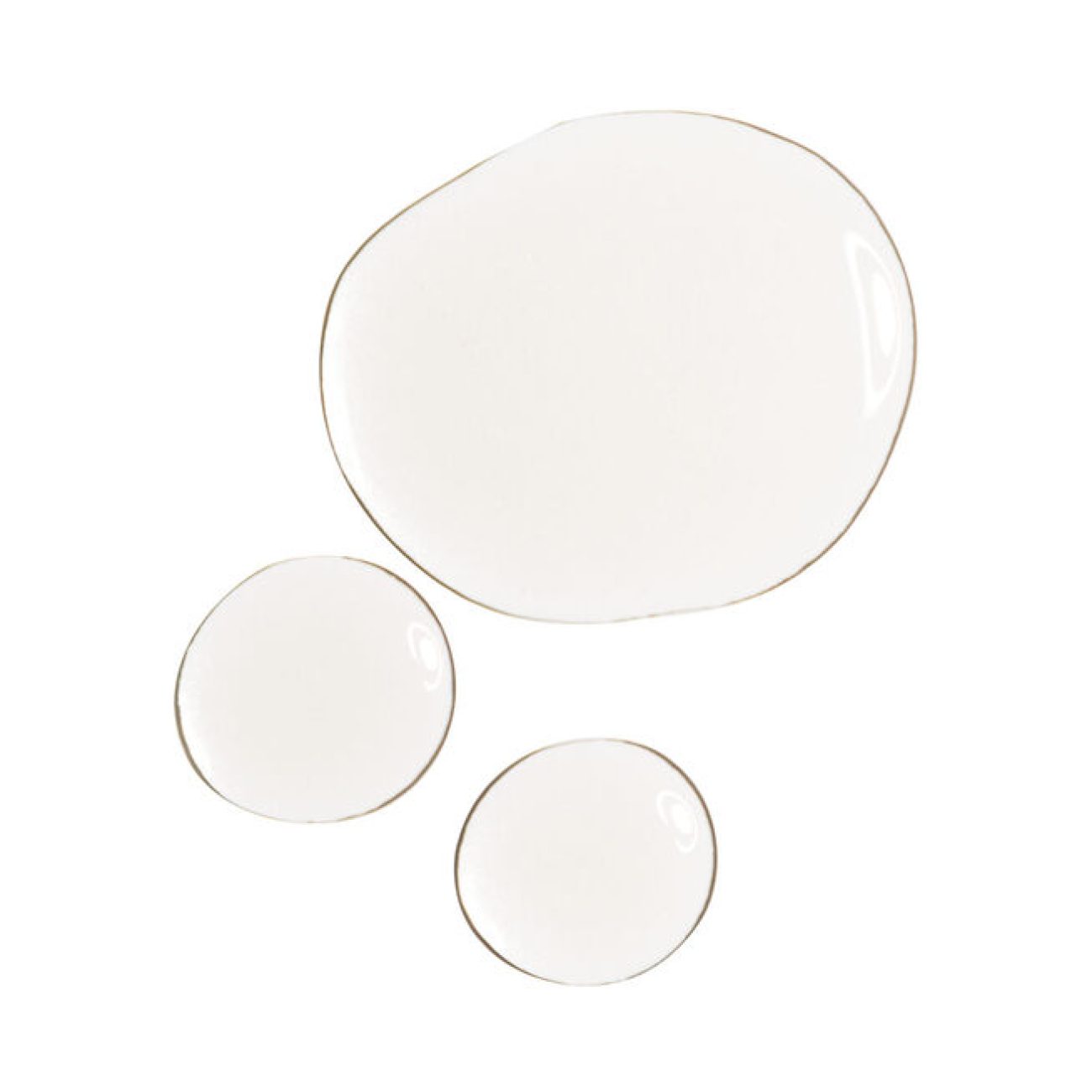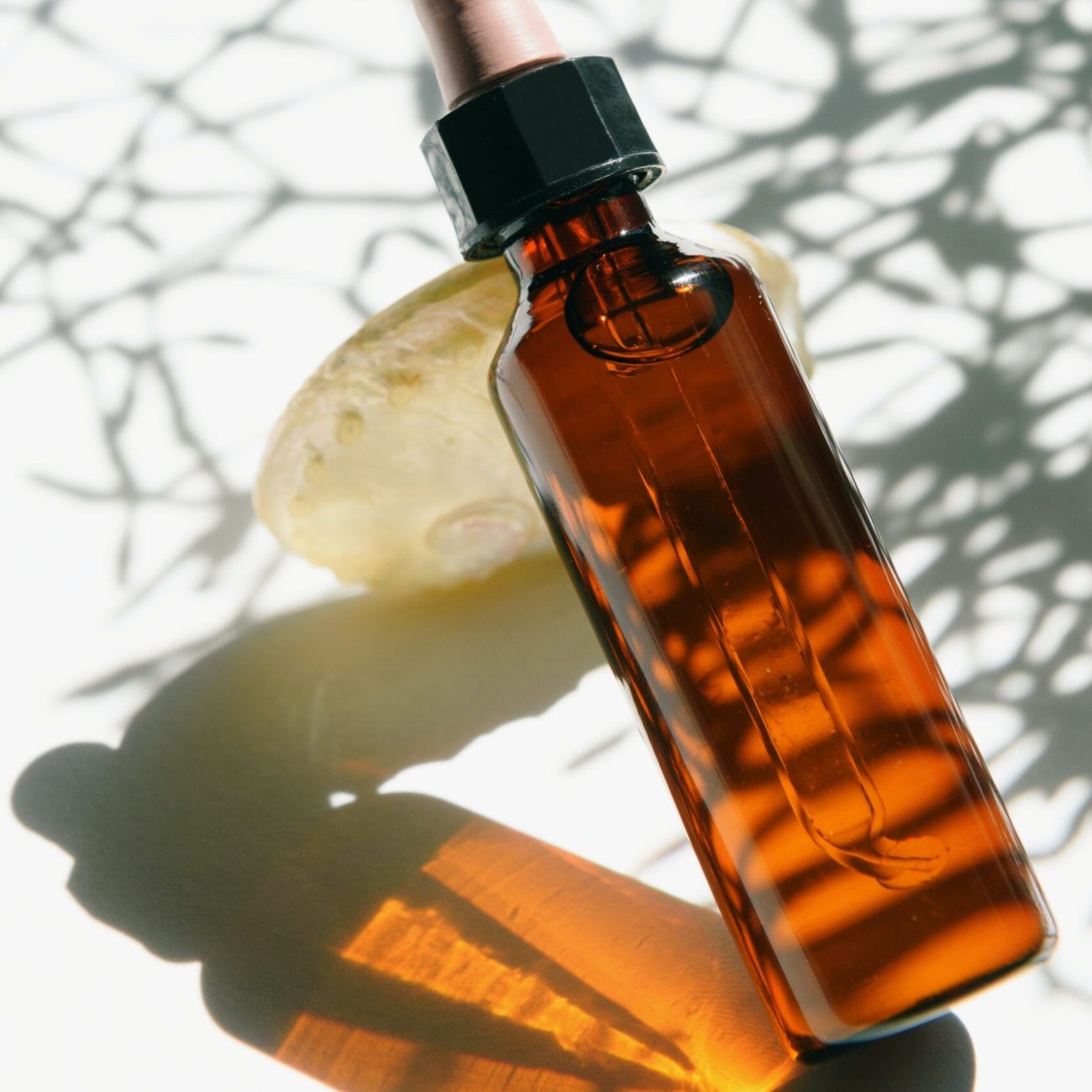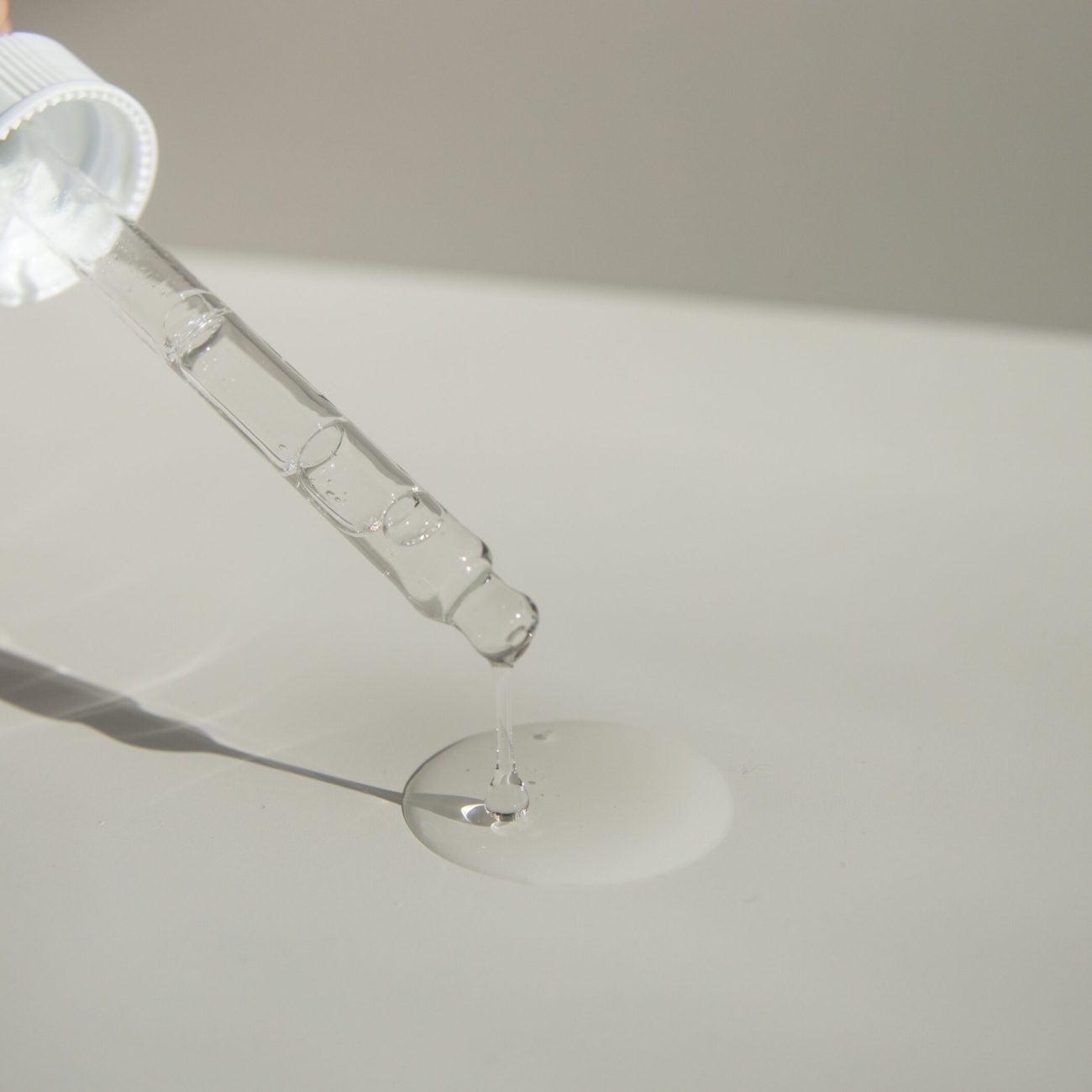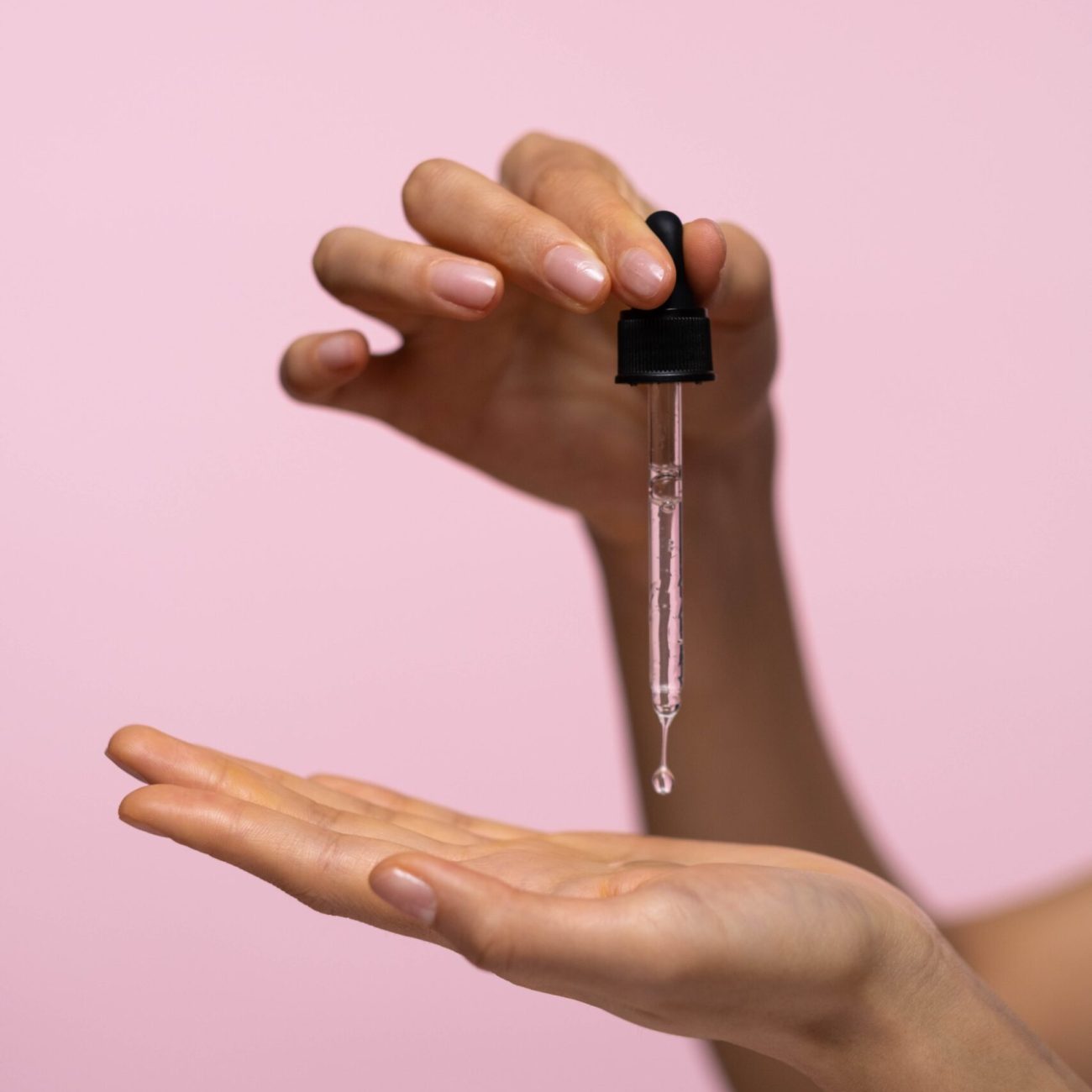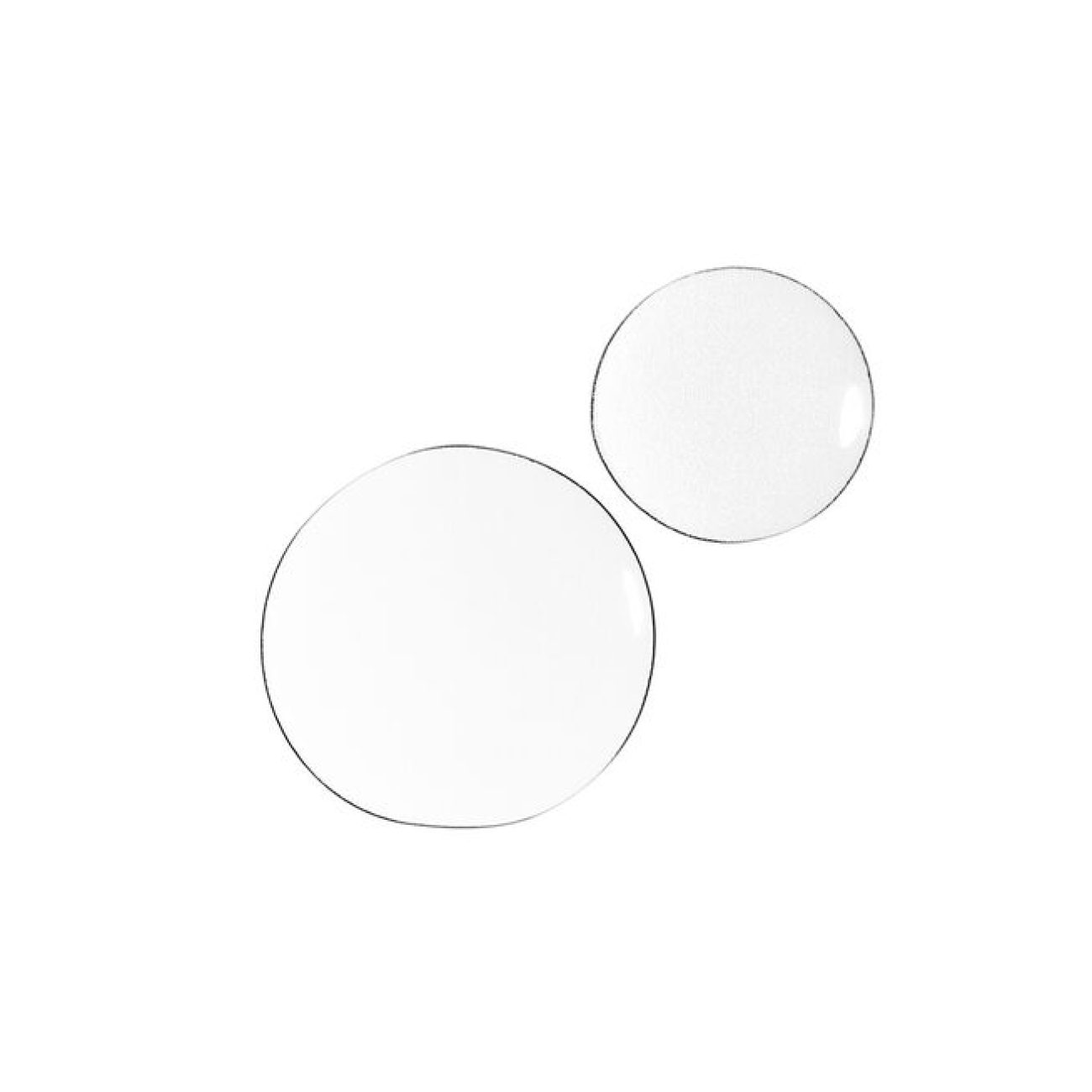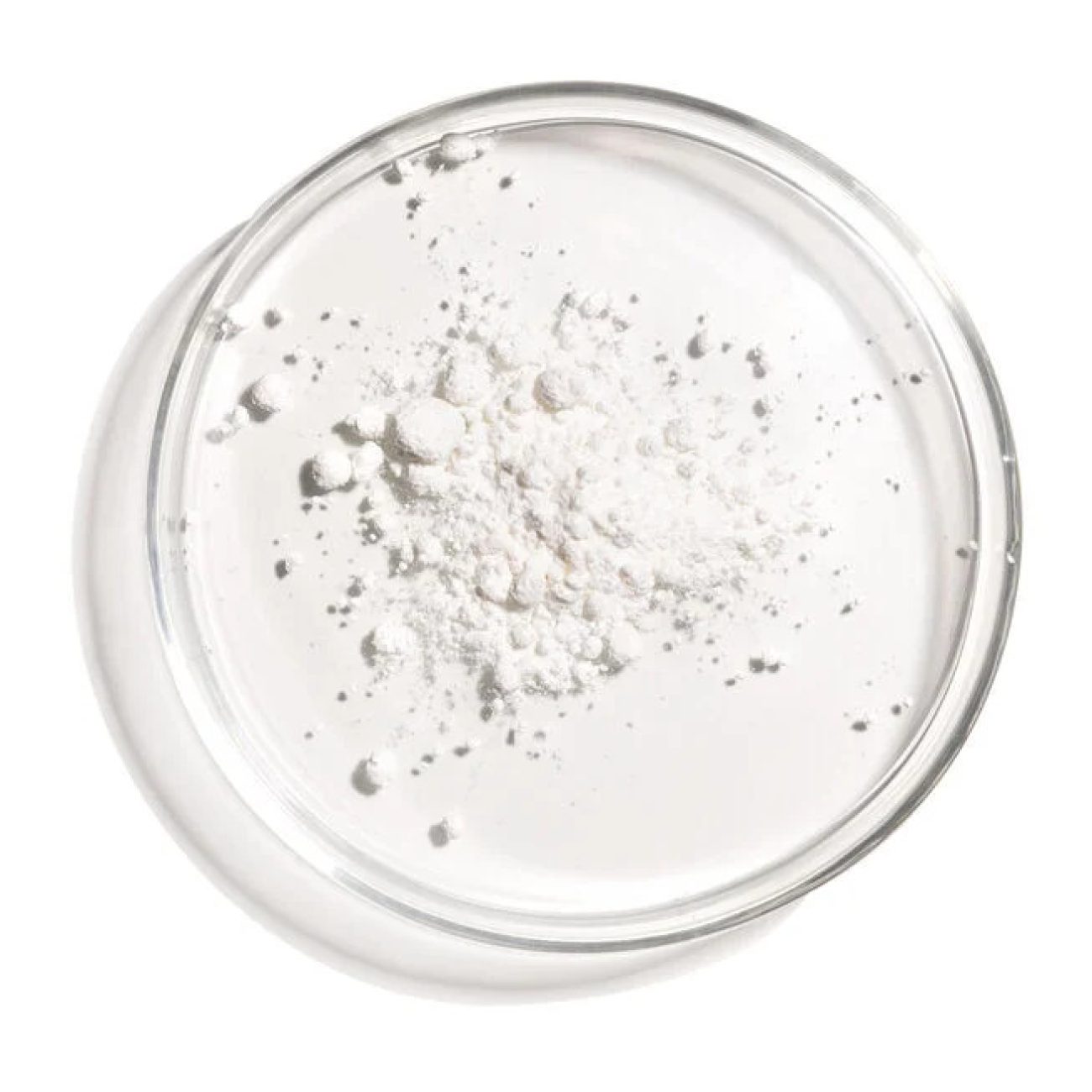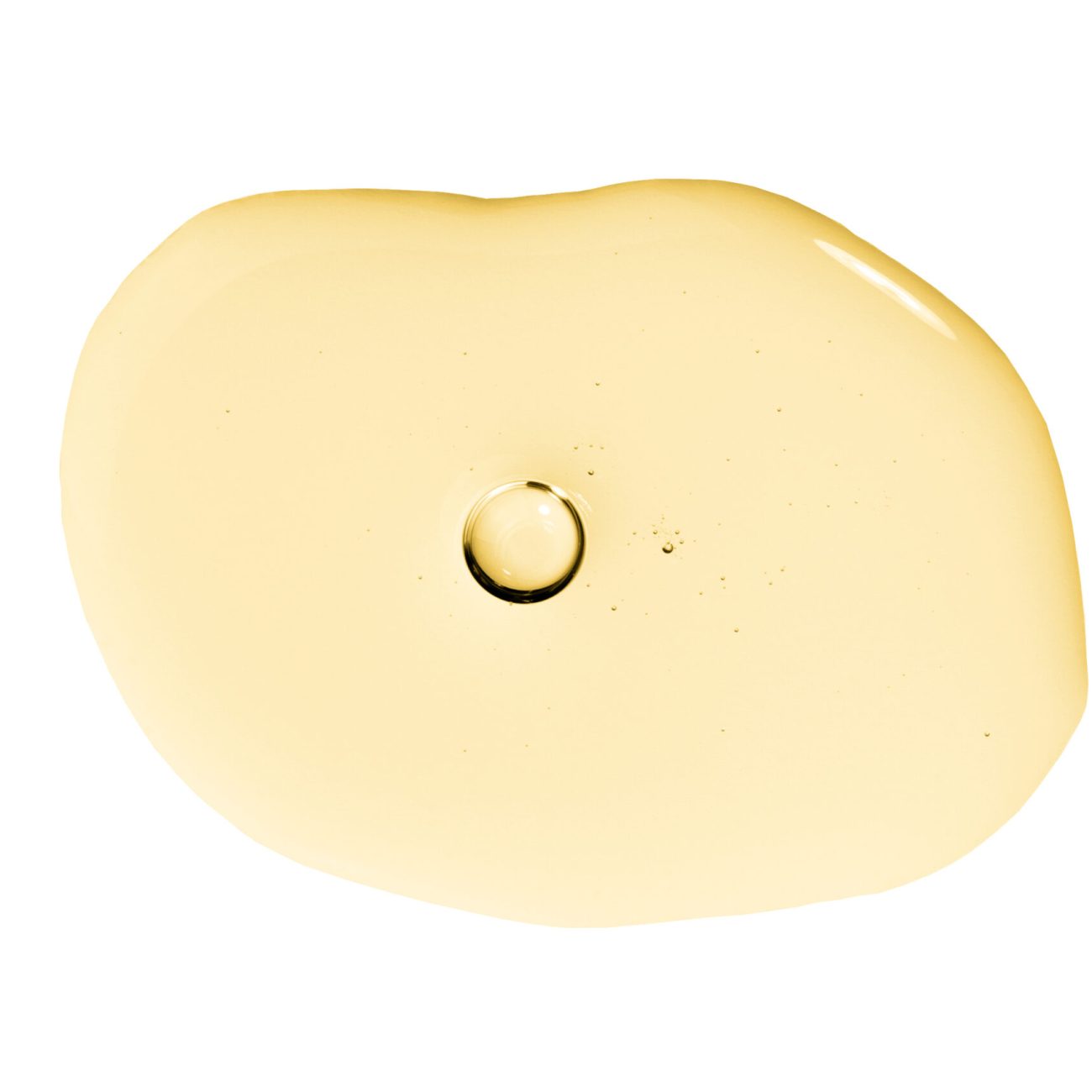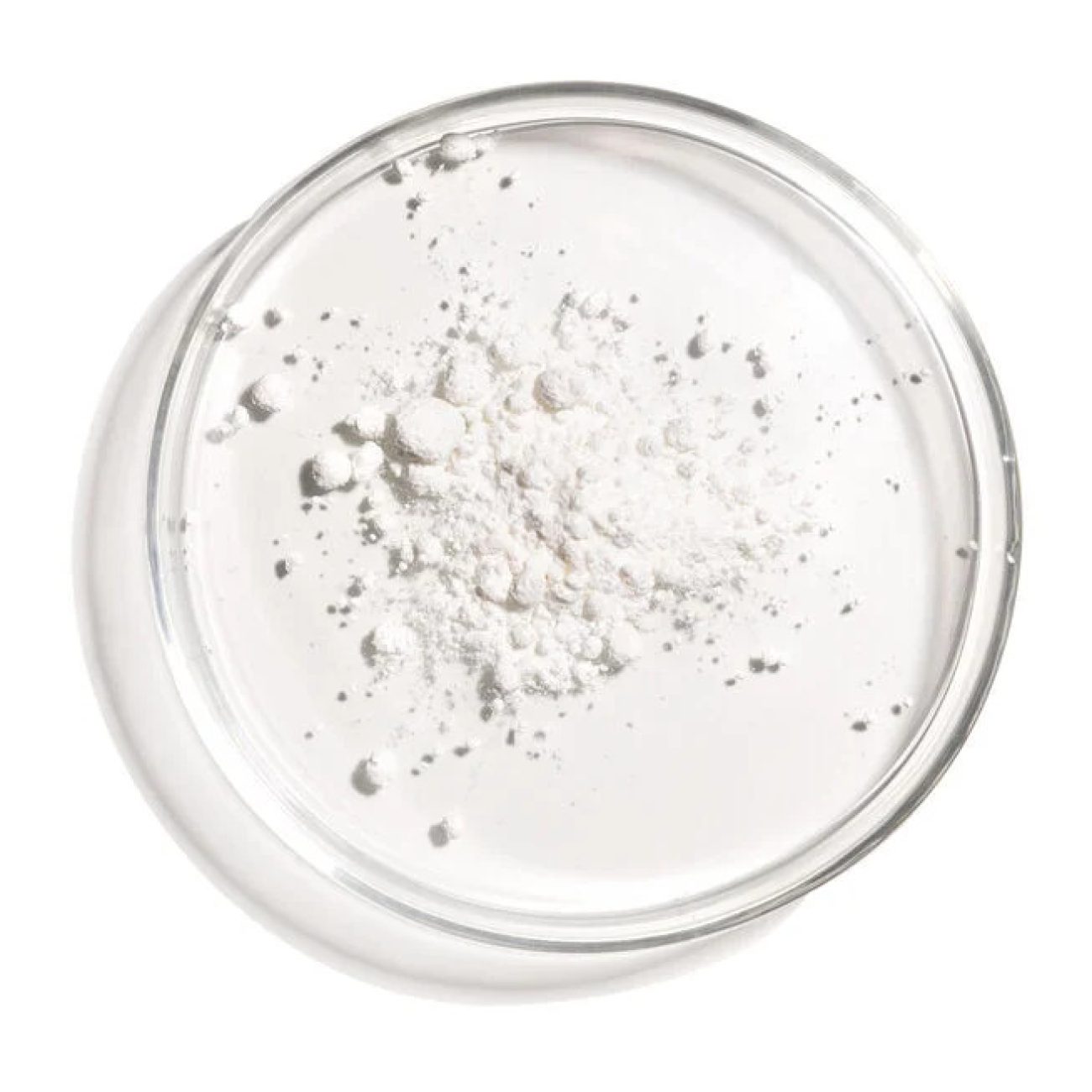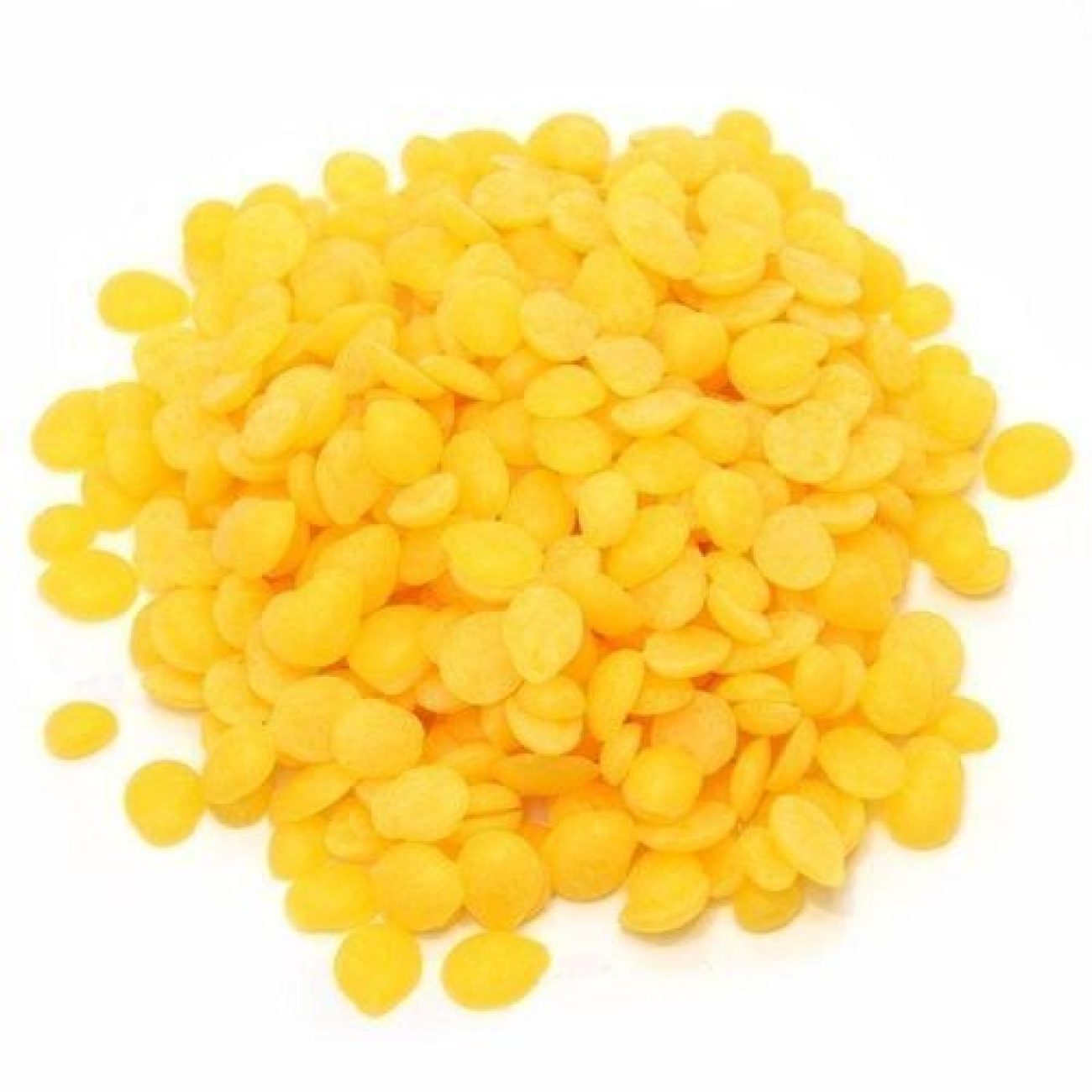N-acetyl glucosamine is considered to be a “skin identical ingredient”, meaning it’s found in our skin in the spaces between the cells, and it is used to maintain skin’s barrier abilities and reduce dryness. Studies have shown that NAG can increase collagen production, increase moisture content of the skin, increase elasticity of the skin, increase exfoliation, and increase the speed of wound healing.
NAG has been shown to reduce hyperpigmentation and can be combined with niacinamide to further increase its ability to reduce hyperpigmentation. One study showed that a formulation of 2% niacinamide and 4% NAG significantly reduced the appearance and amount of hyperpigmentation of age spots and uneven skin pigmentation. Another eight week, double blind study showed a reduction in facial hyperpigmentation using NAG alone. NAG inhibits the glycolysation of pro-tyrosinase, which results in the reduction of melanin in the skin.
A similar study using niacinamide and NAG on women 35 to 60 showed an increase in the production of hyaluronic acid, a water binding polymer found in the skin, which resulted in improved hydration. This increase resulted in a reduction of appearance of fine lines, particularly around the eye area, and an increase in the elasticity of skin.
In vitro studies have shown that NAG can induce changes and increase proliferation of skin’s fibroblasts, which can lead to increased healing of wounds. It can also lead to increased collagen expression and proliferation of keratinocytes.
N-Acetyl Glucosamine is an amino sugar that has skin exfoliating properties similar to alpha and beta hydroxyl acids without the irriation. NAG can normalize the exfoliation of the stratum corneum, so it can be a good replacement for acid based exfoliation ingredients that might annoy sensitive or rosacea prone skin.



